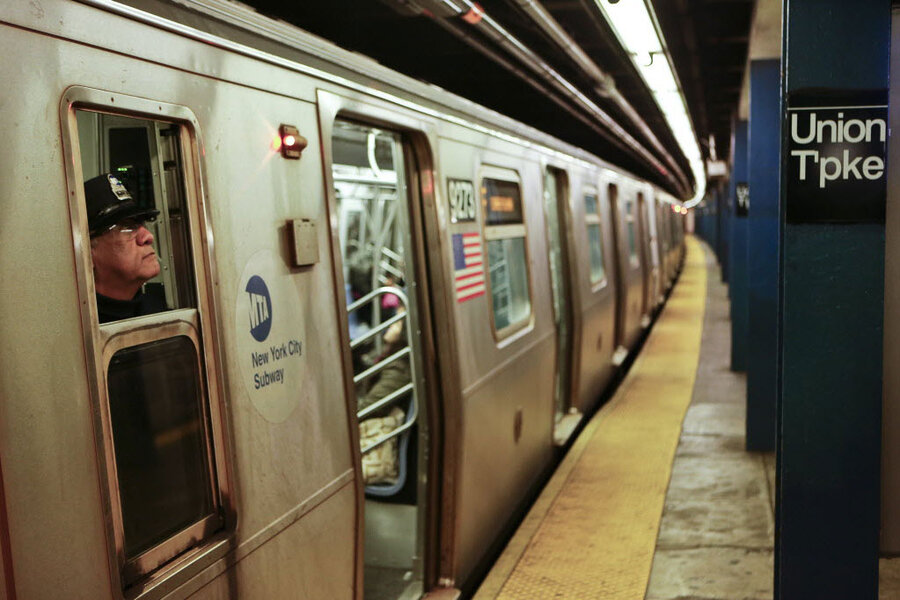Despite uptick in crime, officials say New York subway is world's safest
Loading...
An elderly woman is in stable condition after she was slashed on the face while riding a subway train in Manhattan on Monday, police say.
A southbound 6 train was approaching Bleecker Street around 7:15 a.m., when a man sitting across from the woman got up and slashed the left side of her face with an unknown object, according to the New York Police Department. The subject fled and is being sought by police.
Though the incident shines a spotlight on a rise in subway violence, as well as a 19 percent increase in violence across the city, city officials say the likelihood of becoming a victim of crime on the subway is low.
“I think the NYPD has done something extraordinary over the last two decades in bringing down subway crime,” said New York City Mayor Bill de Blasio at a November 2015 event. “What we used to experience in the subways was mayhem,” he said.
Mayor de Blasio pointed out that the typical subway crime today is theft of electronics.
“That’s not a minor matter, but it’s not at all what we used to experience in the subways,” he said.
According to figures reported this summer by local news station ABC 7, felony assaults on the New York subway jumped from 78 in 2014 to 99 in 2015, a 27 percent increase.
But overall, crime is very low, especially when considering the tremendous growth in ridership. In 1994, there were 3.5 million subway riders and 23 crimes a day. Today there are six crimes a day, with nearly double the number of passengers, which on same days exceeds 6 million.
NYPD Transit Bureau Chief Joseph Fox called the city’s subway, “one of the safest systems in the world.”
It’s a system that has reached its highest level of ridership in more than 65 years. The Metropolitan Transportation Authority said that more than 1.7 billion people rode the subway in 2014, a 2.6 percent increase from 2013. Figures released in the spring of 2015 showed that 5.6 million people rode the system on weekdays and nearly 6 million rode on weekend days.
“NYPD is very focused on our subways,” de Blasio said in November. “They’re getting at the bad guys, they’re keeping crime under control, and I have confidence they will do better with every passing month.”
To stay safe on the subway, NYPD recommendations include not displaying money in public, holding on to pocketbook suspended from shoulder straps, and not dozing off on the train.
This report contains material from the Associated Press.








